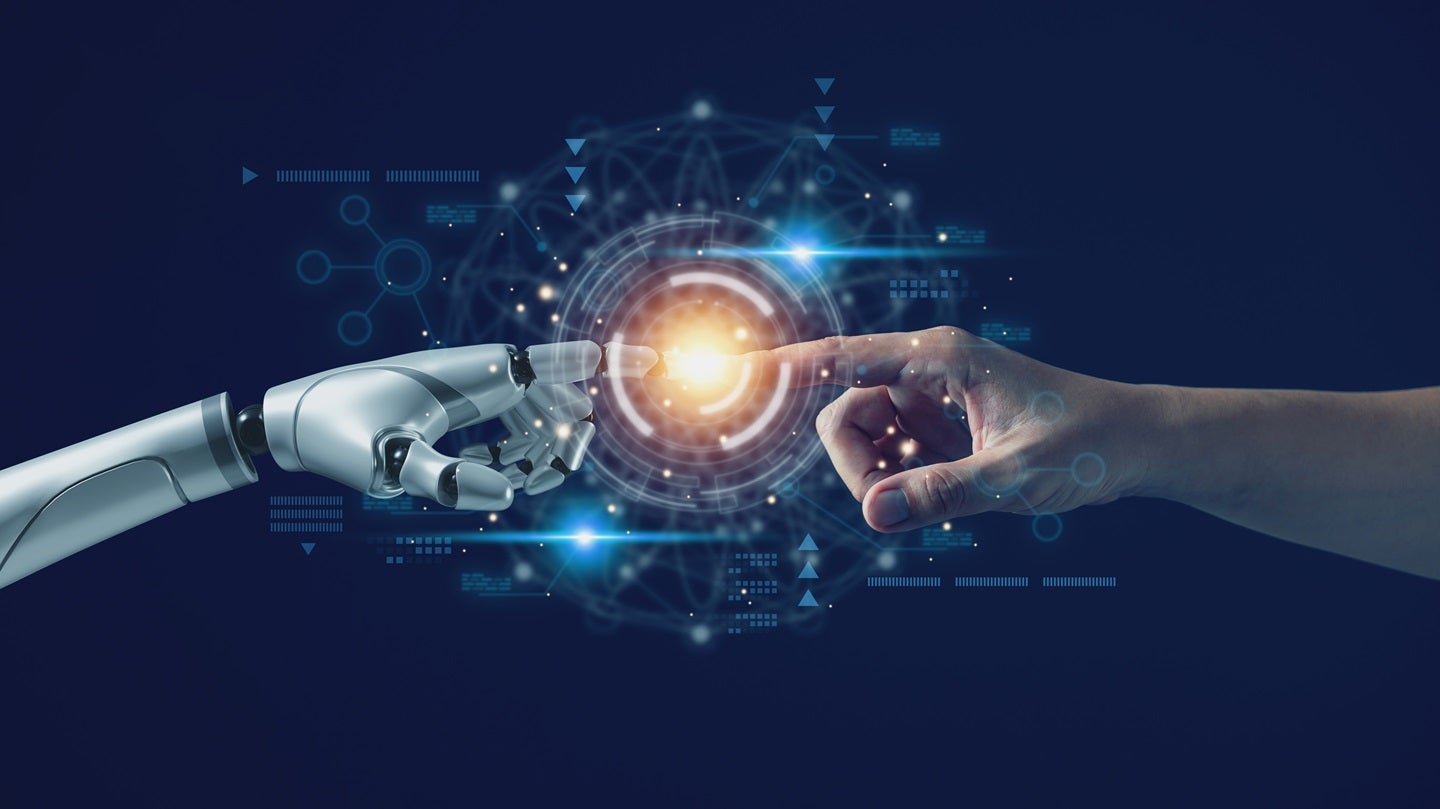Simultaneous Localization and Mapping (SLAM) lies at the core of advanced robotics, enabling machines to navigate uncharted environments intelligently. This technology has seen substantial benefits from the evolution and application of various intellectual properties. Specifically, patent for SLAM have propelled these sophisticated systems from laboratory curiosities to pivotal components in industries spanning from domestic service to complex manufacturing and logistics.
The Positive Impacts of SLAM For Robot Patents
Patents for SLAM Robots function as catalysts for innovation, providing a framework which secures the interests of inventors while promoting a cumulative culture of enhancements and public sharing of ideas. A patent for SLAM not only protects the inventor's original contributions but also sets a foundation upon which others can build more refined technologies. This legal layer reassures developers that their creative investments are safeguarded, thereby incentivizing the push towards groundbreaking advancements.
One vivid example is seen in the field of robotic cleaning devices. Patents in this area detail methods such as operating a robot through a sequence that involves capturing comprehensive environmental data via LIDAR, iteratively mapping the space while responding to real-time sensor inputs, and precisely maneuvering based on calculated paths. Such patents on SLAM and robots crystallize the value of meticulous documentation and invention in improving robotic efficiency and functionality.
Moreover, the specificity found in patents for robotics and SLAM such as detailed algorithmic strategies for data integration and environment interaction serves educational purposes too. Emerging engineers and programmers access these documented innovations to understand the underlying mechanics of SLAM technologies. This knowledge transfer bridges the gap between theoretical concepts learned through academia and their practical applications in real-world scenarios.
Collaboration through Patents

Interestingly, the structured nature of a patent application for SLAM encourages interdisciplinary collaboration. As firms prepare comprehensive documentation required for patents, they often pool expertise from diverse fields including software development, mechanical engineering, and systems dynamics to ensure holistic technological development. Method of SLAM patents, integrating varied perspectives, leads to robust technological solutions well-suited for commercial and personal usage.
The collective approach fostered by seeking patents in Robotics and SLAM ensures that different aspects of robotics—such as design durability, precision mapping, and energy efficiency—are optimized, reflecting a well-rounded development process.
Driving Future Innovation
Looking at the broader landscape, SLAM and patents on robotics serve as gateways to futuristic applications. The rigorous detail and procedural specificity required by patents help set high industry standards. Companies strive not just to meet these benchmarks but to exceed them in order to secure their own place in the competitive market through unique innovations.
Thus, every new patent enriches a global repository of publicly accessible knowledge after its proprietary period ends, ensuring that the advancements in robotic technologies proliferate widely—beyond the original inventors and initial implementations.
A Vision for Tomorrow
As we forge ahead, the symbiotic relationship between robust patent systems and technological advancements in robotics remains indispensable. Protecting intellectual properties while fostering an environment ripe for collaboration and further innovation ensures that our journey towards smarter and more efficient robots continues upward. From enhancing domestic appliances to redefining industrial processes, the nurturing of ideas through patents is poised to play a pivotal role in shaping future landscapes powered by artificial intelligence and robotic applications and more details. The continual evolution of these systems hints at a future where interaction with robotic assistants becomes seamless, intuitive, and inherently integrated into our daily routines.
